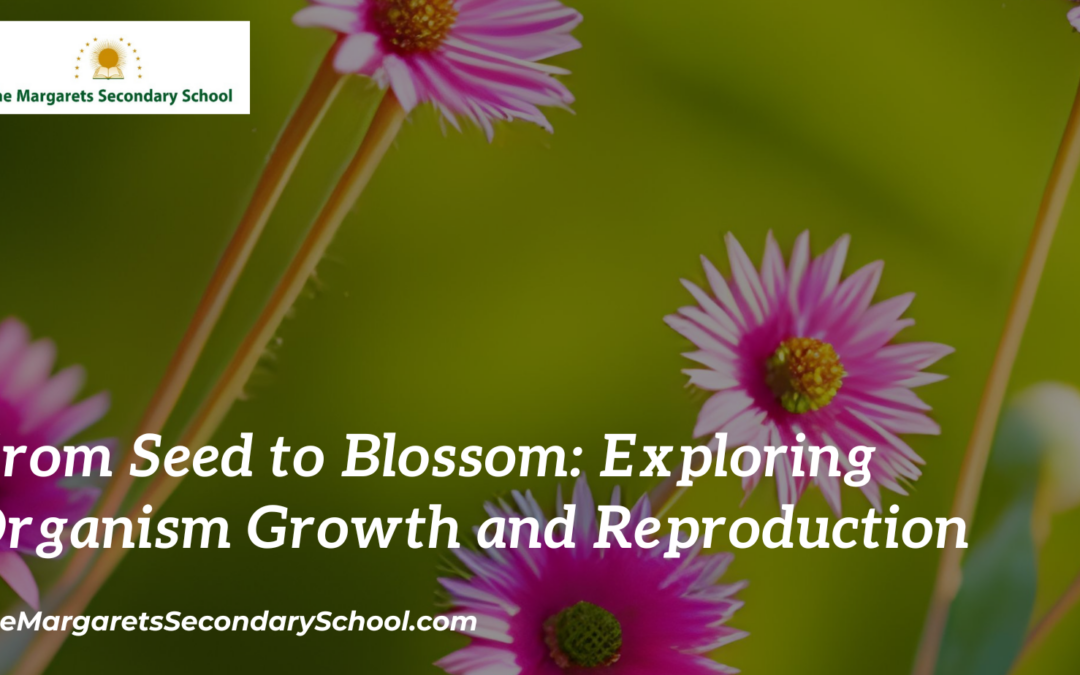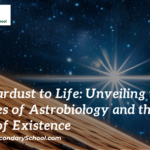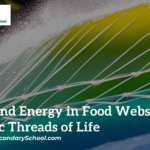Organism growth and reproduction
The cycle of life is a remarkable journey of growth, adaptation, and perpetuation. Organisms, both plant and animal, embark on a path of development that encompasses the intricacies of growth and the vital process of reproduction. In this article, we delve into the captivating world of organism growth and reproduction, uncovering the mechanisms that drive life’s continuous renewal.
The Seed of Life: Beginning of Growth
Growth begins with a single cell, whether it’s a plant’s seed or an animal’s fertilized egg. Within this tiny package lies the blueprint for an entire organism. As this cell divides, it gives rise to a multitude of cells that specialize and cooperate to form tissues, organs, and systems.
In the world of plants, seeds are nature’s repositories of life. When conditions are right, a seed awakens from its dormancy, and growth commences. Roots stretch into the soil, seeking nutrients and anchoring the plant, while shoots reach towards the sunlight, unfurling leaves to harness the energy needed for further development.
Animal Growth: From Embryo to Adulthood
For animals, the journey from a fertilized egg to an adult organism is a testament to the orchestrated dance of growth and differentiation. Embryonic development unfolds in a series of carefully choreographed stages. As cells divide and multiply, they take on distinct roles, forming the foundation for organs and body systems. Limbs develop, features become refined, and the organism emerges in a recognizable form.
Mammals, including humans, experience remarkable gestational development within the mother’s womb. Organs form, the heart beats, and intricate neural connections emerge. This period is a testament to the delicate balance of growth and adaptation that occurs within the protective embrace of the mother’s body.
Reproduction: The Circle of Life
Reproduction is the driving force behind life’s continuity. It’s the process through which new generations are born, carrying forward the genetic legacy of their predecessors. Reproduction can take various forms, from simple cell division in unicellular organisms to complex mating rituals in animals.
Plants reproduce through both sexual and asexual means. Some produce seeds that carry the genetic information of two parents, while others use methods such as vegetative propagation, where new plants arise from existing structures like stems or roots.
Animals display a dazzling array of reproductive strategies. Some lay eggs that hatch outside the body, while others give birth to live young. Mating rituals, courtship displays, and competition for mates are common features of the animal kingdom, ensuring that only the most fit individuals pass on their genes.
Life’s Balance: Growth and Reproduction
Organism growth and reproduction are inextricably linked, yet they must be balanced against the resources available in the environment. Too much growth or reproduction can strain available resources, leading to competition for nutrients, space, and mates. Natural selection favors individuals that strike the right balance, ensuring the survival of both the individual and the species.
Conclusion
The journey of organism growth and reproduction is a symphony of life that plays out in countless forms across the planet. From the tiniest seedling to the towering tree, from the newborn animal to the apex predator, each individual carries the torch of life forward. The dance of growth and reproduction is a testament to the intricate beauty of nature’s design, perpetuating life’s story through the ages. As we explore the intricacies of this process, we gain not only a deeper understanding of life’s complexities but also a profound appreciation for the interconnectedness of all living beings.





